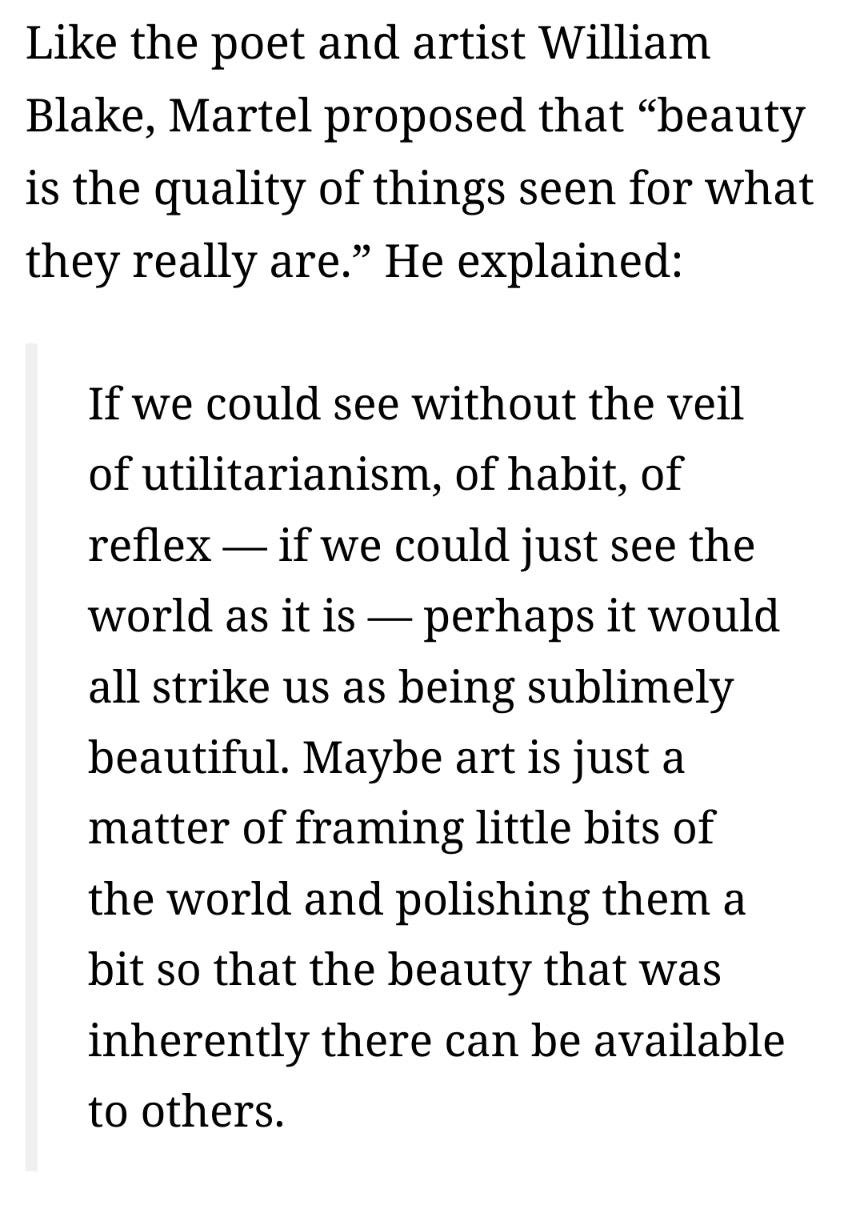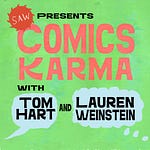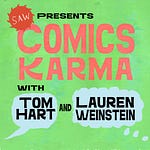This week Jess and I continued our discussion of PITCHING, and about feeling weird and lousy and under pressure and low boundary and high maintenance and under the gun and everything else!
Tune in next week to for Episode 8 of The Terrible Anvil: Monetizing Every Moment of Waking Existence on Instagram (What Could Go Wrong?)
I believe a transcript will be posted with this!?
Cheers’ y’all
Here’s some random thoughts we hit
We talked about both creators and publishers creating realistic expectations and boundaries--if a publisher doesn't give you a deadline, don't wait for them to hand you one! You might need to build you own. I thought having a looming book deal would give me the accountability to stay on track, and while it sort of did, it mostly stressed me out. I'm so grateful I was able to publish a beautiful book, but it was a lot more difficult than I thought it would be (see those pesky "feelings" Cara Gormally mentioned above.)
Tom Hart talked about his second-book slump where he tasked himself with outlining a sequel to his beautiful graphic memoir, Rosalie Lightning. At the end of his twenty-some page outline, Tom didn't want to make that book! It ended up becoming the seed for his book The Art of the Graphic Memoir.
Tom said a paraphrase of a great quote, whose origins are unknown to me:
"How to get a book deal? First get famous!"
I chimed in: "“If I’m not going to make any money I might as well make comics!""
Later on the call Tom Hart and I tried to speak to this great idea from Adrean Clark :
"I wonder if it's possible to talk about transforming our work -- not everything has to be something to "go big or go home" on. An idea can be a self-published zine, can be a comic feature in a newspaper, and so on. Thinking about the full range of pitches, whether to pitch to ourselves or to others. Does that make sense?"
Tom Hart read this quote I sent him from an article, via J.F. Martel:
I also added: "spend time with your own work for a long time before launching it from the (marketing) cannon!"
We remembered the awesome Pro Call with Laura Gao, you can see the recording over here! Their process and the timeline for their book deal (Messy Roots) was super-duper fast and a ton of work all at once after their comic went viral. (thanks Jim for the Pro Call link!!!)
Tom Hart mentioned the art critic Heidi MacDonald's podcast interview with comics creator Box Brown. Box said: "I feel stupid for following my dreams!" Re: capitalism can kinda make things feel cruddy.
Tom noted that "There are a lot of reasons to feel bad while making art. Most of those are expectations of results, expectations, rewards"
He noted the value of self publishing and Jim added: "I agree with Tom! I just ordered 100 of my books from Lulu. And that was after a couple of proofing cycles."
I asked Tom is art-making might be a form of mental illness and he said, "Art is not a mental illness but a sane response to an insane world."
Leonie Sharrock asked:
Question re 'form' … what happens when you want to go hybrid? how do we pitch hybrid works?
Tom Hart said:
Leonie, those are more difficult but slowly people catch on… 🙂




















Share this post